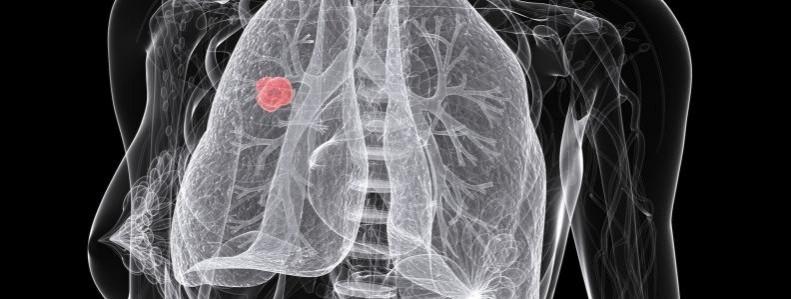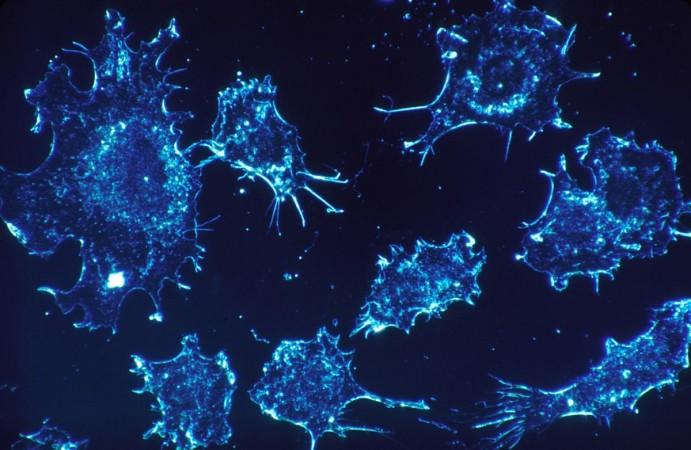Ensuring that a sufficient amount of cancer-killing drugs enter tumors can be a major challenge. However, scientists have found a new strategy to fool cancer cells into consuming drugs that are lethal to them, thereby, opening new avenues in cancer treatment.
In a study led by researchers from Massachusetts General Hospital (MGH), it was found that using albumin—a protein found abundantly in the blood—the cancer cells can be tricked into taking in drugs that can kill them. The strategy uses the voracious hunger of tumor cells for proteins which promotes malignant growth.
"These results offer new possibilities to improve delivery of albumin-bound drugs in patients with diverse types of cancer," said Dr. Miles Miller, corresponding author of the study, and an assistant professor of Radiology at Harvard Medical School and principal investigator in the MGH Center for Systems Biology, in a statement.
Protein-hungry Nature Leveraged

The cancer cells acquire their sustenance by absorbing nutrients bound to human serum albumin (HSA). Therefore, the authors relied on using the protein-craving nature of tumors against them. For this, they turned to a drug known as nanoparticle albumin-bound paclitaxel (nab-PTX). It belongs to a class of drugs that are known as albumin-binding drugs.
Albumin-nanoparticles are around a hundred times smaller than red blood cells. They consist of an outer layer of albumin that surrounds the inner core of a water-soluble drug agent. Therefore, when the tumors try to extract nutrition from what they assume is albumin-bound nutrients, they absorb the drug.
Nab-PTX was initially approved by the U.S. Food and Drug Administration (FDA) for the treatment of metastatic breast cancer and non-small cell lung cancer (NSCLC). It has also been successfully employed in the treatment of pancreatic and late-stage lung cancer.

"Not all patients respond to nab-PTX, though, and the effectiveness of its delivery to tumors has been mixed, owing to an incomplete understanding of how albumin impacts drug delivery and actions," noted Dr. Miller.
Tricking Cancer Cells
In order to gain insights into the role of albumin in drug delivery better, the team used mouse models of cancer. They analyzed the delivery of nab-PTX to tumors in these models at a single-cell resolution. The authors also employed 3D microscopy and an imaging technology called tissue clearing.
The researchers learned that the cancer cells can absorb remarkable quantities of nab-PTX. Also, it was found that the imbibing of the drug was controlled by the same pathways that are associated with cells' assimilation of nutrients such as albumin.

"This discovery suggested that if we could manipulate these pathways, we might be able to trick cancer cells into a nutrient-starved state, thereby enhancing their consumption of nab-PTX," explained Dr. Ran Li, first author of the study.
Additionally, it was also found that by treating the tumors an inhibitor of insulin-like growth factor 1 receptor or IGF-1 (a protein found on the surface of human cells), the accumulation of nab-PTX and its effectiveness improved significantly. IGF-1 is a crucial constituent of one of the signaling pathways involved. The authors concluded that results can open a new paradigm in the treatment of several variants of cancer.









